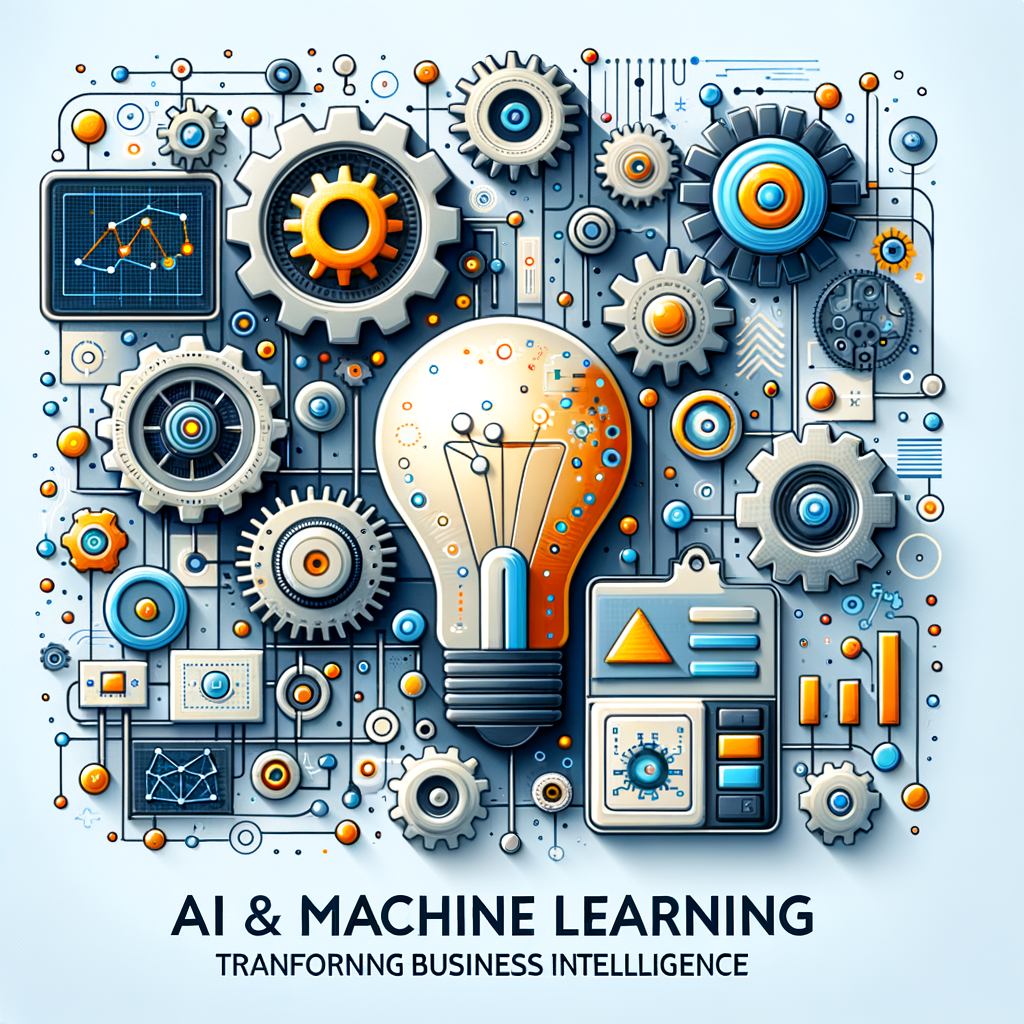
Beyond Code: How AI and Machine Learning Transform Business Intelligence
Discover how the fusion of AI and machine learning is revolutionizing business intelligence. This blog delves into the transformative impact these technologies have on data analysis, decision-making, and business strategy, pushing beyond the traditional boundaries of BI. Learn about the innovations driving this change and how organizations can leverage them for a competitive edge.
Introduction
In the dynamic landscape of modern business, staying competitive requires more than just gut instinct and historical data analysis. The integration of Artificial Intelligence (AI) and Machine Learning (ML) into Business Intelligence (BI) is not merely an upgrade—it's a game changer. This article explores the transformation occurring in BI through the lens of AI and ML, offering insights into their profound impact on businesses looking to harness the power of data.
The Evolution of Business Intelligence
Historically, business intelligence has involved the collection and visual representation of data to aid business planning. Traditional BI systems are adept at reporting and dashboarding but often fall short when it comes to predicting future trends and patterns. Enter AI and ML, which do not merely show what has happened, but predict what could happen and prescribe actionable steps.
Key Transformative Impacts
-
Predictive Analytics: Traditional BI systems excel at descriptive analytics, which simply tell what happened. AI and ML take this a step further by providing predictive analytics, offering foresight into potential future outcomes and helping companies prepare accordingly.
-
Automated Insights: With the power of AI, large datasets are processed quickly, delivering insights that would take humans much longer to uncover. AI algorithms detect patterns and trends, turning data into actionable insights without heavy manual intervention.
-
Natural Language Processing (NLP): NLP enables the interpretation of human language, allowing users to interact with BI systems in more intuitive ways such as using voice commands or natural language queries. This increases accessibility for non-technical users, democratizing data insights throughout the organization.
Practical Applications
AI and ML are applied across various industries to revolutionize BI processes. For instance:
- Retail: By analyzing customer data, retailers can predict buying patterns and optimize inventory management, reducing waste and increasing sales.
- Healthcare: AI aids in predicting patient outcomes and personalizing treatment plans, improving patient care and operational efficiency.
- Finance: ML algorithms are used to detect fraud in real time and enhance transactional security.
Overcoming Challenges
Integrating AI and ML into BI systems isn't without its challenges. Data quality, privacy issues, and the need for specialized skills can be hurdles. Companies must invest in data governance and skilled personnel to ensure successful implementation.
The Road Ahead
As AI and ML technologies continue to evolve, their integration into BI will only deepen, bringing about more sophisticated analytics capabilities and enhanced business strategies. Businesses poised to embrace these technologies will not only enhance their decision-making processes but will also gain a significant competitive edge.
Conclusion
The fusion of AI and ML into BI marks a paradigm shift from reactive to proactive business strategies. This integration is bridging the gap between data silos, enhancing decision-making, and ultimately transforming business landscapes. As these technologies advance, the potential for innovation and efficiency in the realm of business intelligence is limitless.